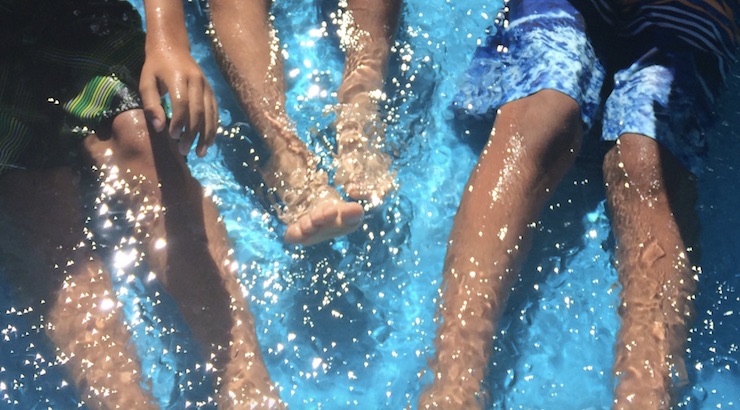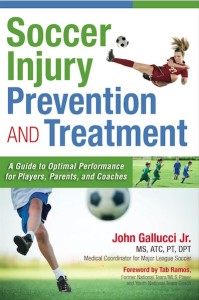J
John GALLUCCI, JR.
Guest
Soccer Players: How to Peak Your Soccer Performance and Minimize The Risk of Injury
Icing, or icing in a big cold tank known as “cryotherapy” is an important injury minimizing skill. As a soccer player, parent or coach, it is important to understand Icing 101. If you see a cut, you know to cover it with a band-aid to help heal the wound.
The proper icing process is similar!
These are the cold facts on when youth soccer players should ice.

Ice bath time
Youth Soccer Tournaments as well as weekend games, and sometimes even youth soccer practice can increase the risk of injury.
The number one, best friend for a youth soccer player, and his or her family is often ice.
Cryotherapy and thermotherapy can be very helpful at reducing inflammation and easing pain. Here is some basic advice:

We know youth soccer players — and often even their coaches and parents — can be confused about when and how long to ice body parts.
We often hear …
How long should a soccer player ice?
When you have pushed yourself hard on the soccer field, ice is an important recovery tool.
Ice – not heat – should always be used during the acute or initial phase of the healing process — which typically lasts 48-72 hours following injury. This is the time frame that involves the most swelling and pain.

If applying a regular wet-ice pack, instead of a chemical cold pack, it can be placed directly on the skin for 15-20 minutes or until the numbing sensation kicks in.
If using a chemical ice pack, please remember to use a barrier such as a towel in between the skin and the ice pack to eliminate the possibility of a chemical burn.
It is important to remember though that if a player is consistently complaining of pain in any body part they should be seen by a healthcare professional to rule out a serious injury and potential for further harm.

People also want to know if the new, fancy – and sometimes expensive – products on the market work better than a regular ice bag.
For example, do compression ankle wraps work better than an old-fashioned ice bag?
Good, old-fashioned ice bags have worked for centuries and even with the great advancements in medicine, are still a gold standard when it comes to cryotherapy.
With that being said, there are situations when an ice cup used for ice massage on smaller body parts or a Game Ready which incorporates a pumping or compression cycle to help the body rid the injury site of long term swelling are warranted and helpful.
If you don’t have access to these more advanced products getting an ice pack on the area as quickly as possible will still get the job done.

What about over the counter pain medicine? Should players take pain medication before a game or anti-inflammatories after the game?
When it comes to taking pain medication pre, during or post-game I always advise speaking with a healthcare professional first.
If the child is in enough pain where pain medication is warranted to get them through a game, medical attention may be needed.
Pain is a warning sign from the body that something is wrong and it shouldn’t be masked before determining the cause of the pain.
Speak with your physician to determine if and how much is safe for your child to take.
Extended Injury Prevention Tips for Youth Soccer Players:

Cryotherapy – also known as cold therapy – in any form, constricts blood vessels and decreases metabolic activity, which reduces swelling and breakdown of the tissue as well as decreases pain.
Icing larger muscle groups, such as the calf or thigh muscle, may present difficulties when trying to reach the whole area with an ice pack, so that’s when the ice bath comes in.
In regards to time and temperature, one should remain in an ice bath for no longer than 15-20 minutes with the water temperature remaining between 50-59 degrees Fahrenheit.
RELATED ARTICLES: JOHN GALLUCCI JR.
John Gallucci Jr. is the MLS Medical Coordinator and the former Head Trainer of the New York Red Bulls MLS team and a Sports Medicine consultant for professional athletes in the NHL, NFL, NBA, MLB, and USA Wrestling. Gallucci, Jr. is also President of JAG Physical Therapy & JAG Pediatric Therapy.
The post JOHN GALLUCCI ON SOCCER PLAYERS: THE COLD FACTS ON WHEN TO ICE appeared first on SoccerToday.
Continue reading...
SoccerToday News from Diane Scavuzzo
